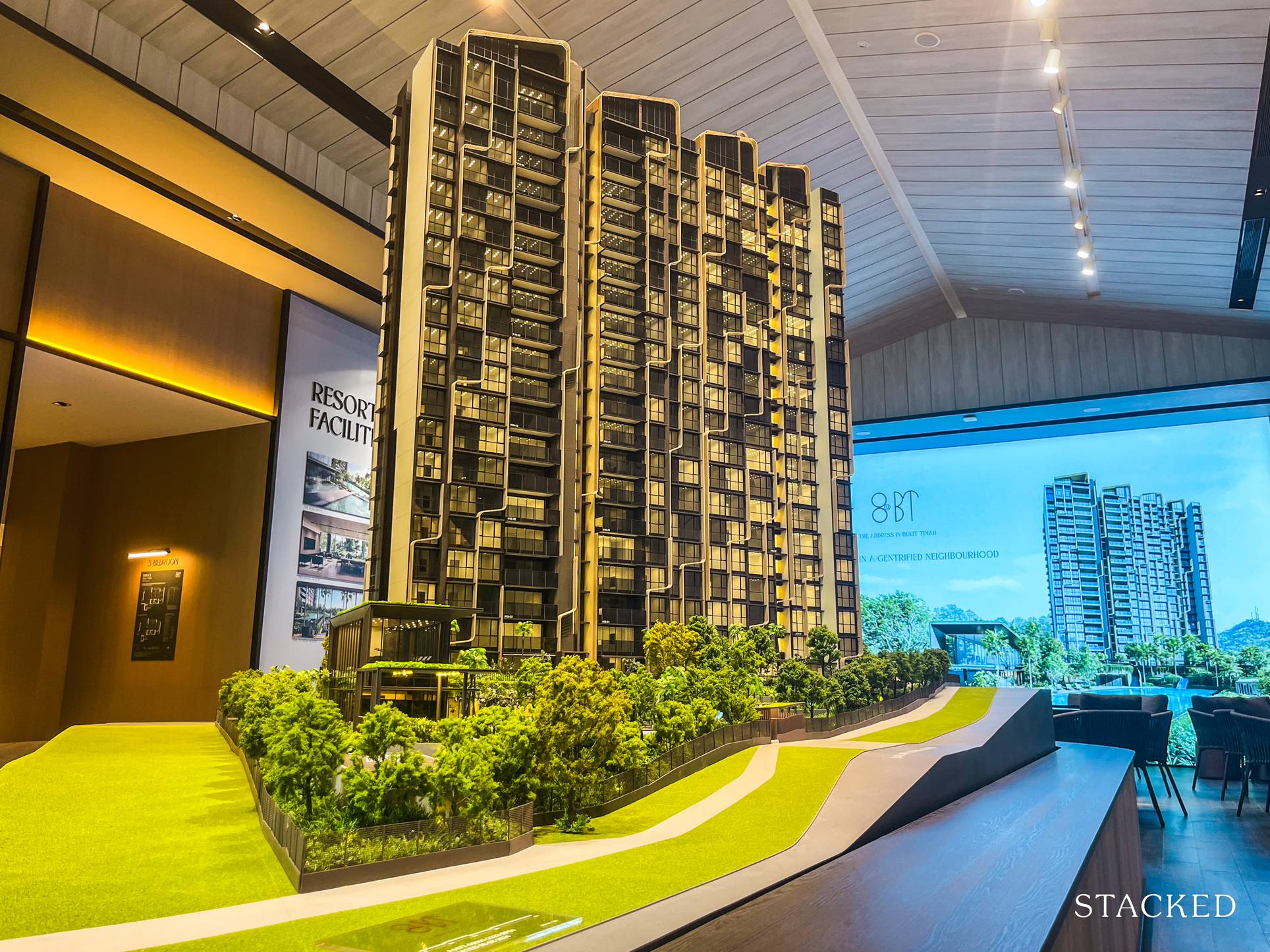District 7 vs District 9: Which Prime Location Has Delivered Better Condo Value?
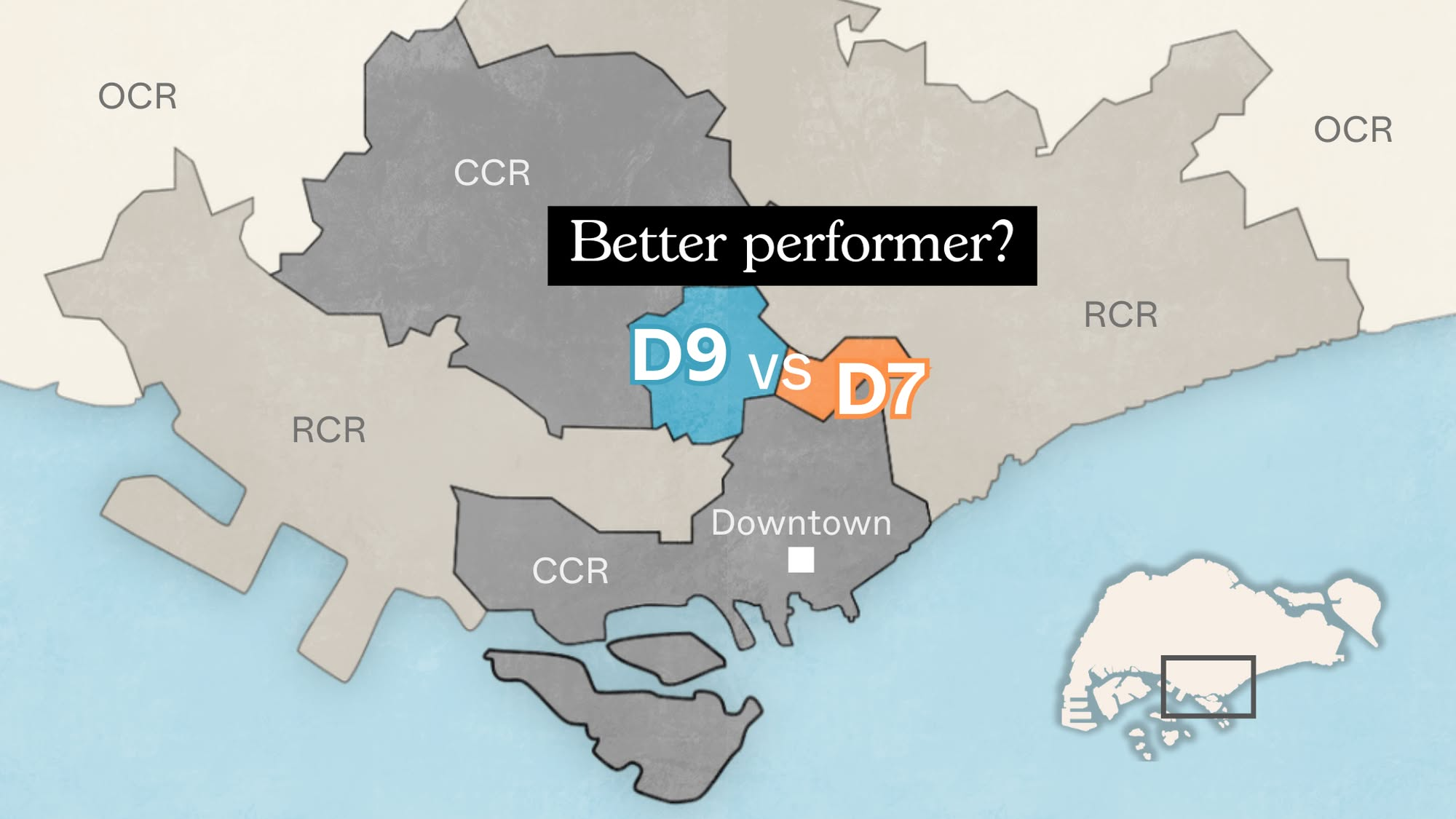
Get The Property Insights Serious Buyers Read First: Join 50,000+ readers who rely on our weekly breakdowns of Singapore’s property market.
A seasoned content strategist with over 17 years in the real estate and financial journalism sectors, Ryan has built a reputation for transforming complex industry jargon into accessible knowledge. With a track record of writing and editing for leading financial platforms and publications, Ryan's expertise has been recognised across various media outlets. His role as a former content editor for 99.co and a co-host for CNA 938's Open House programme underscores his commitment to providing valuable insights into the property market.
District 9 is about “old school prestige,” and many Singaporeans have grown up with the sense that owning a condo here is a mark of success. On the other hand, District 7 is an up-and-coming contender; no few Singaporeans will tell you they frequent areas like Bugis more than Orchard these days. Given that both these locations are equally matched in convenience and accessibility, which provides better resale value? We took a look at the performance of condos in both districts to come up with an answer:
First, let’s compare the performance of District 7 and District 9 to the broader market
The following focuses only on non-landed residential properties, and includes all types of transactions (new, sub sale, and resale):
| Year | D7 | D9 | All districts |
| 2014 | $1,904 | $2,083 | $1,290 |
| 2015 | $1,779 | $1,930 | $1,180 |
| 2016 | $1,527 | $2,177 | $1,232 |
| 2017 | $1,565 | $2,064 | $1,304 |
| 2018 | $2,101 | $2,424 | $1,435 |
| 2019 | $2,633 | $2,359 | $1,560 |
| 2020 | $2,384 | $2,257 | $1,513 |
| 2021 | $2,565 | $2,453 | $1,600 |
| 2022 | $2,454 | $2,491 | $1,712 |
| 2023 | $2,434 | $2,567 | $1,869 |
| 2024 | $2,265 | $2,405 | $1,886 |
| Annualised | 1.75% | 1.45% | 3.87% |
Ryan J. Ong
A seasoned content strategist with over 17 years in the real estate and financial journalism sectors, Ryan has built a reputation for transforming complex industry jargon into accessible knowledge. With a track record of writing and editing for leading financial platforms and publications, Ryan's expertise has been recognised across various media outlets. His role as a former content editor for 99.co and a co-host for CNA 938's Open House programme underscores his commitment to providing valuable insights into the property market.Read next from Property Investment Insights
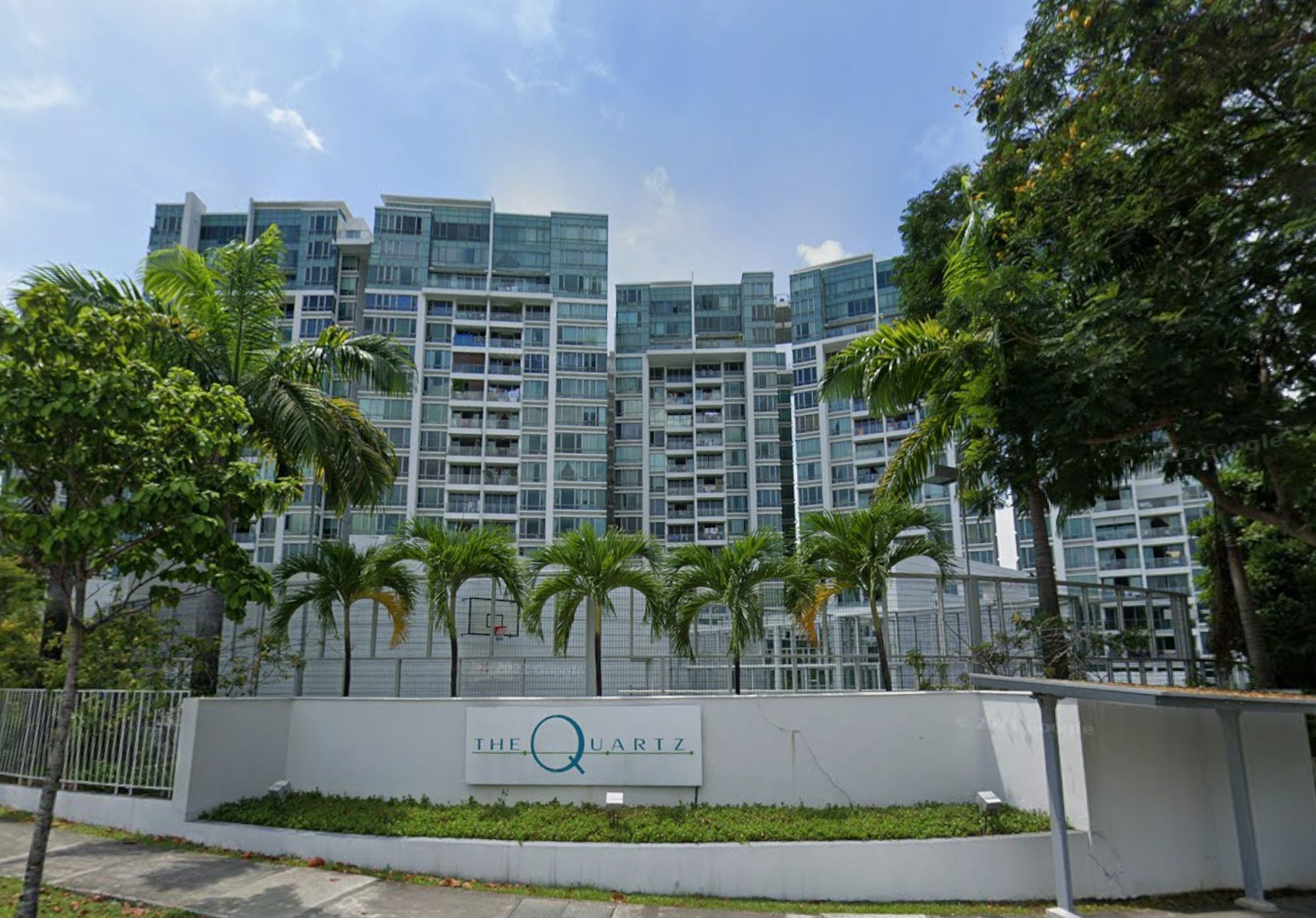
Property Investment Insights How A 625-Unit Heartland Condo Launched In 2006 Became One Of 2025’s Top Performers
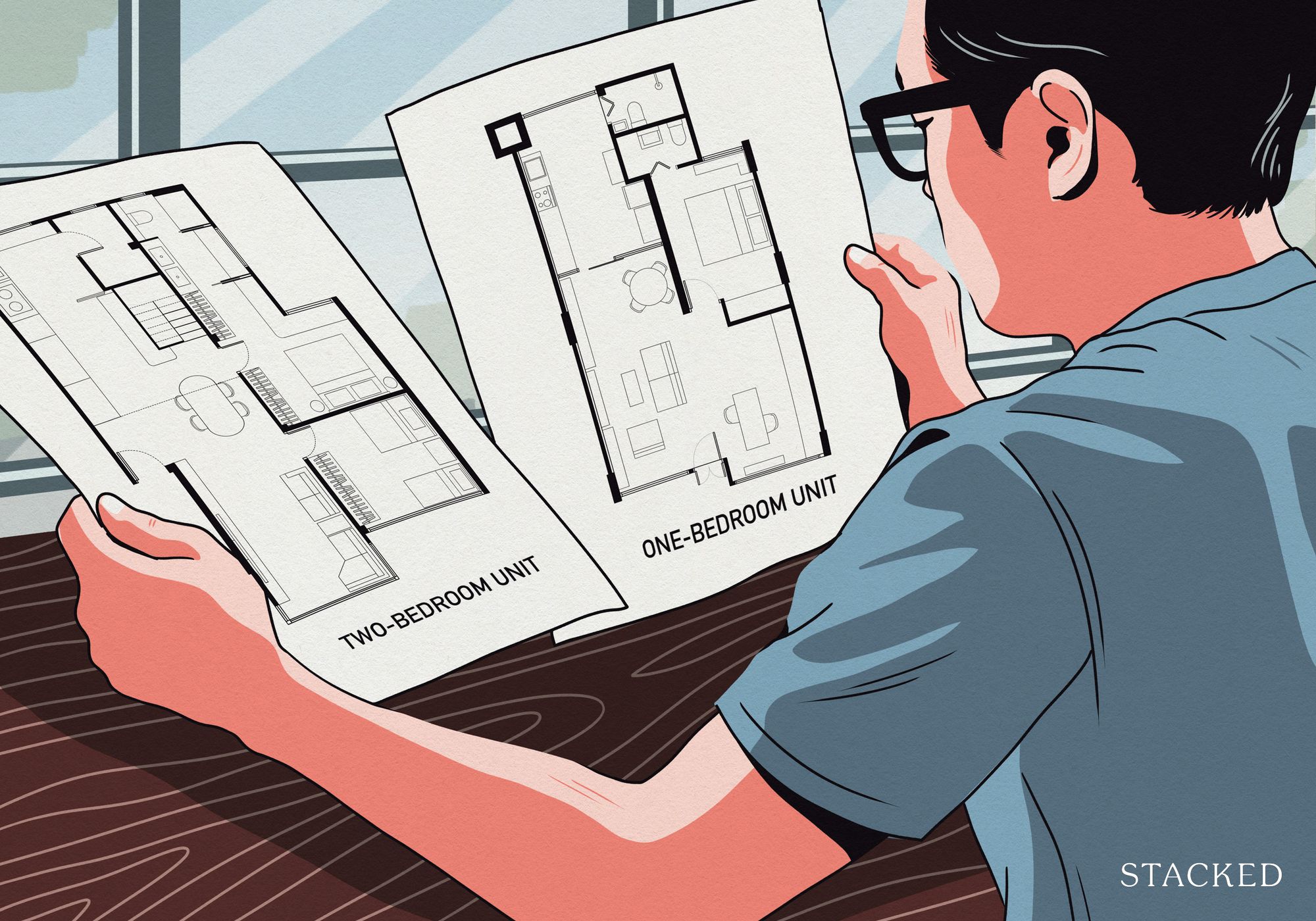
Property Investment Insights Does Buying A One-Bedroom Condo Still Make Sense As An Investment In 2026
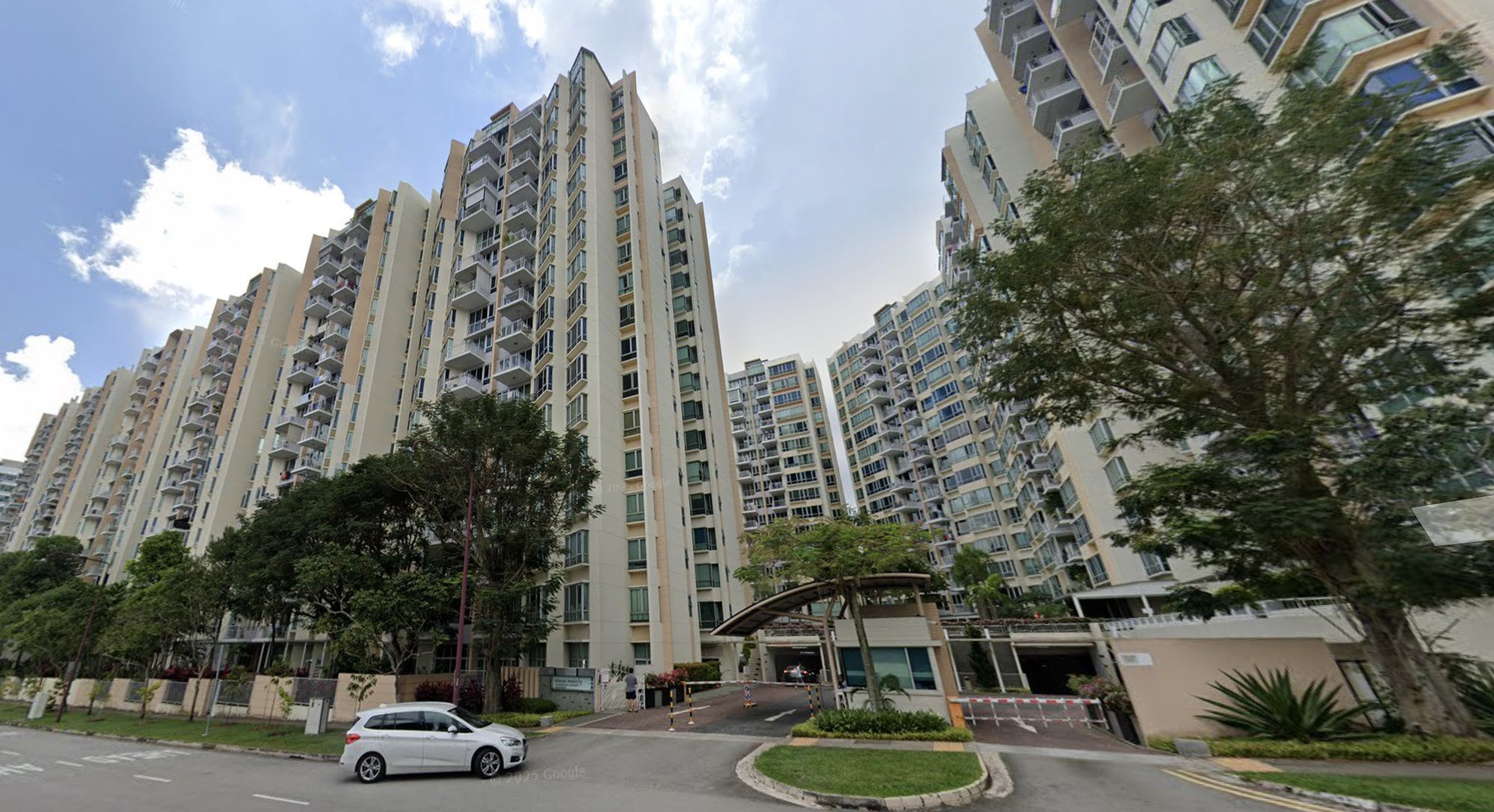
Property Investment Insights This 21-Year-Old Condo Didn’t Sell Out Initially, Yet Became A Top Performer
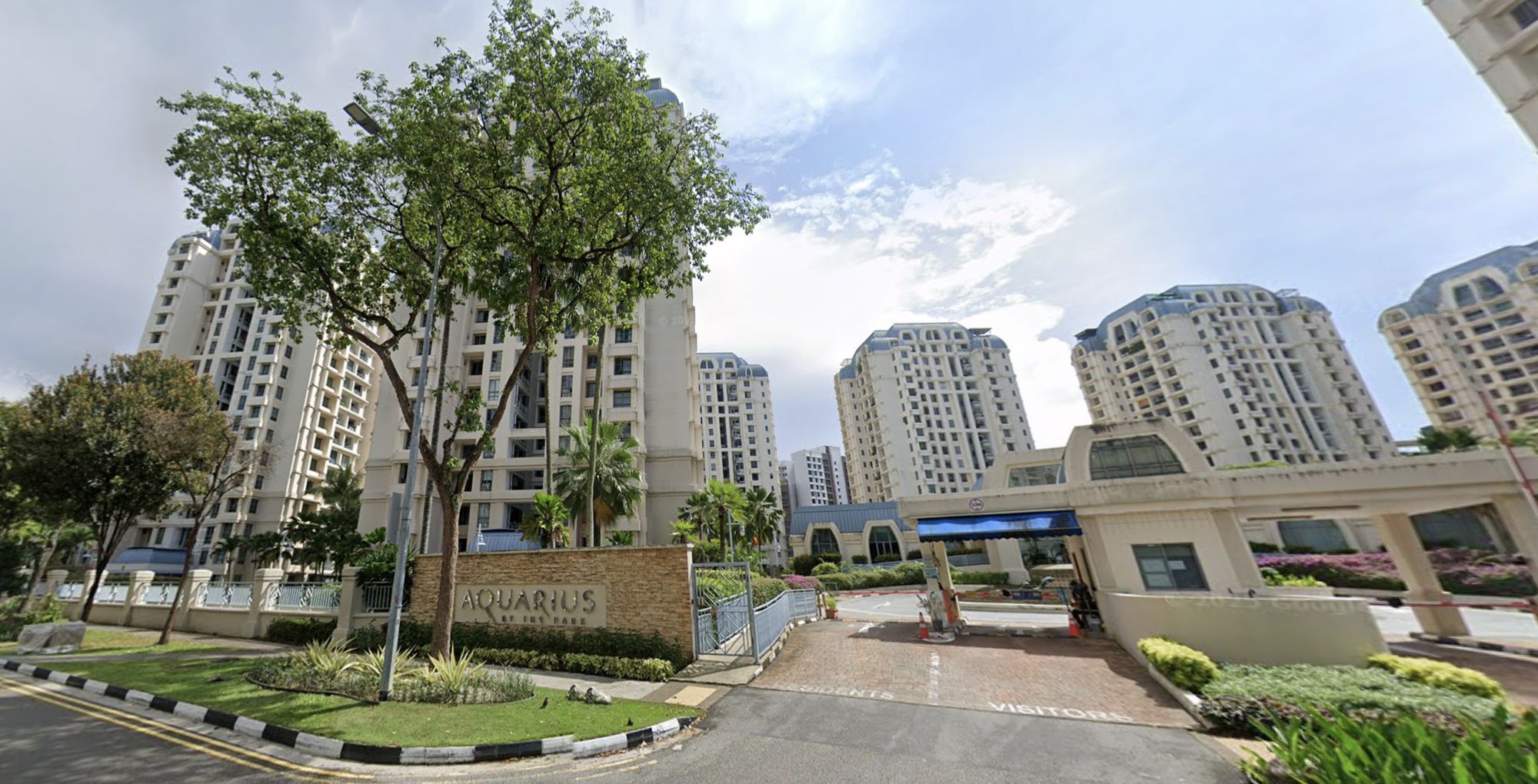
Property Investment Insights How A Once “Ulu” Condo Launched In 1997 Became A Top Performer
Latest Posts

Property Market Commentary Why This Once-Ulu Town In Singapore Is Going To Change (In A Big Way)
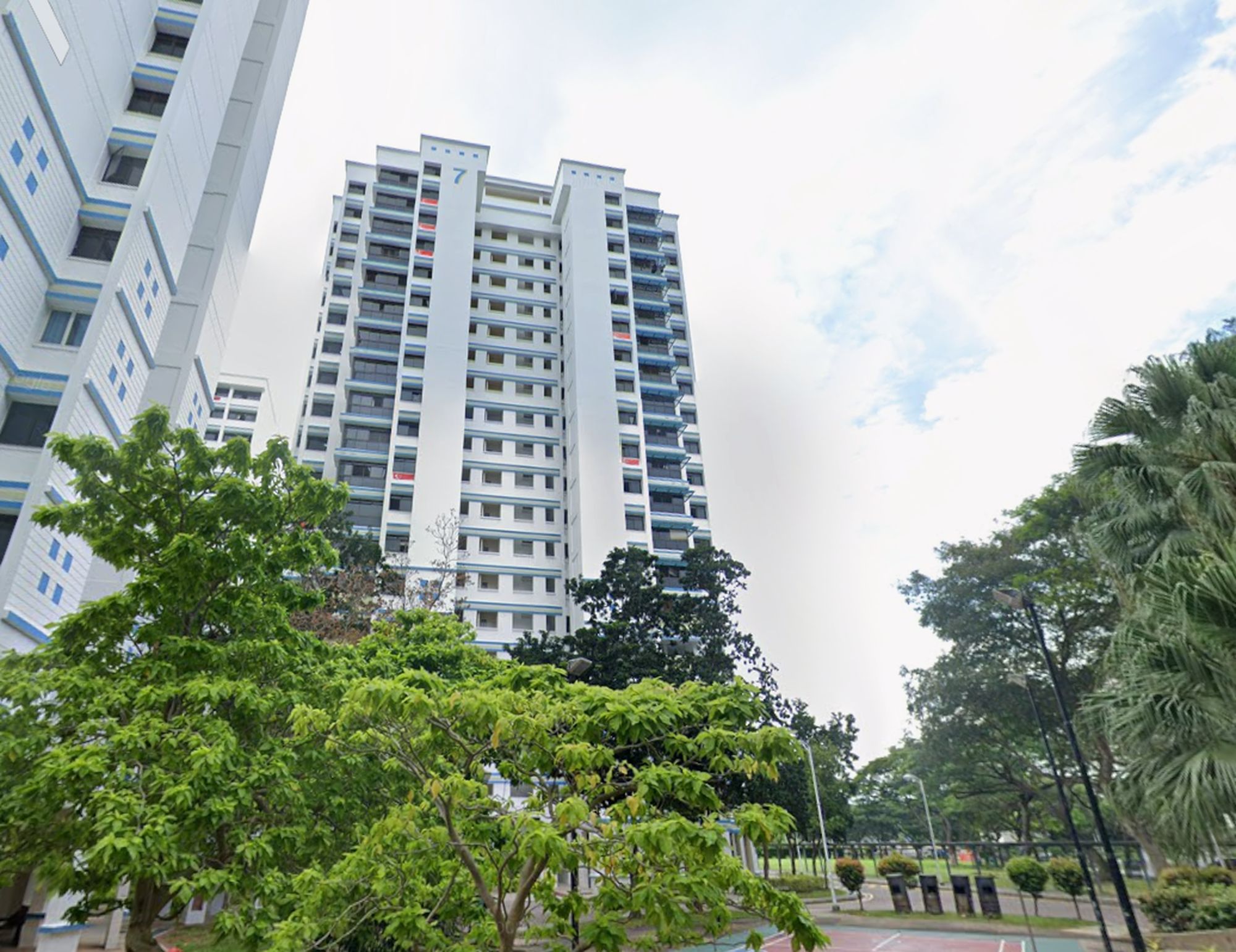
Singapore Property News This HDB Just Crossed $1.3M For The First Time — In An Unexpected Area

Singapore Property News “I Never Thought I’d Be Sued by a Tenant.” What Long-Time Landlords in Singapore Miss
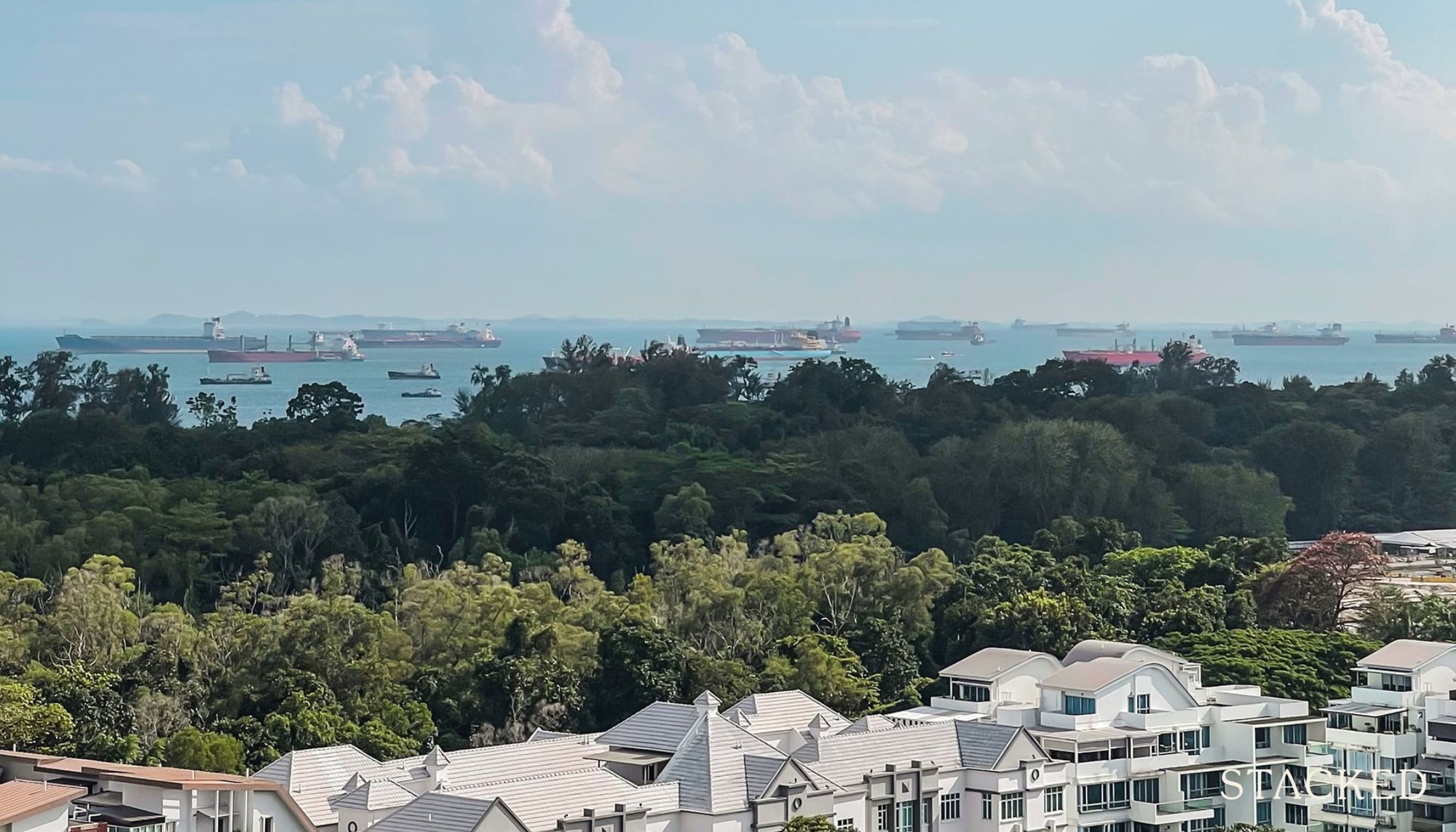
Property Market Commentary I Lived In Bayshore When It Was ‘Ulu’. Here’s How Much It Has Changed
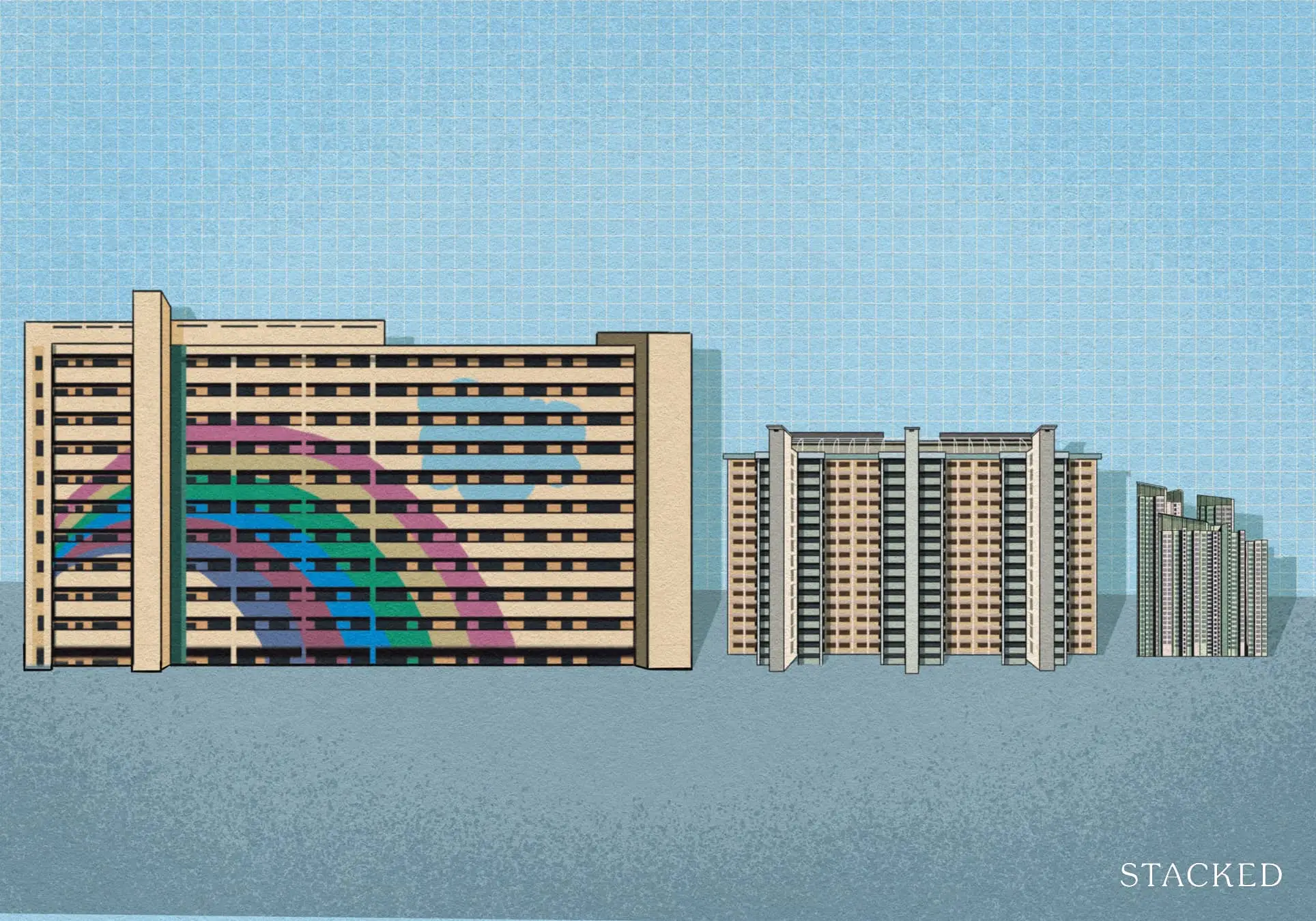
Singapore Property News HDB Resale Prices Finally Slowed in 2025 — Will It Continue in 2026?
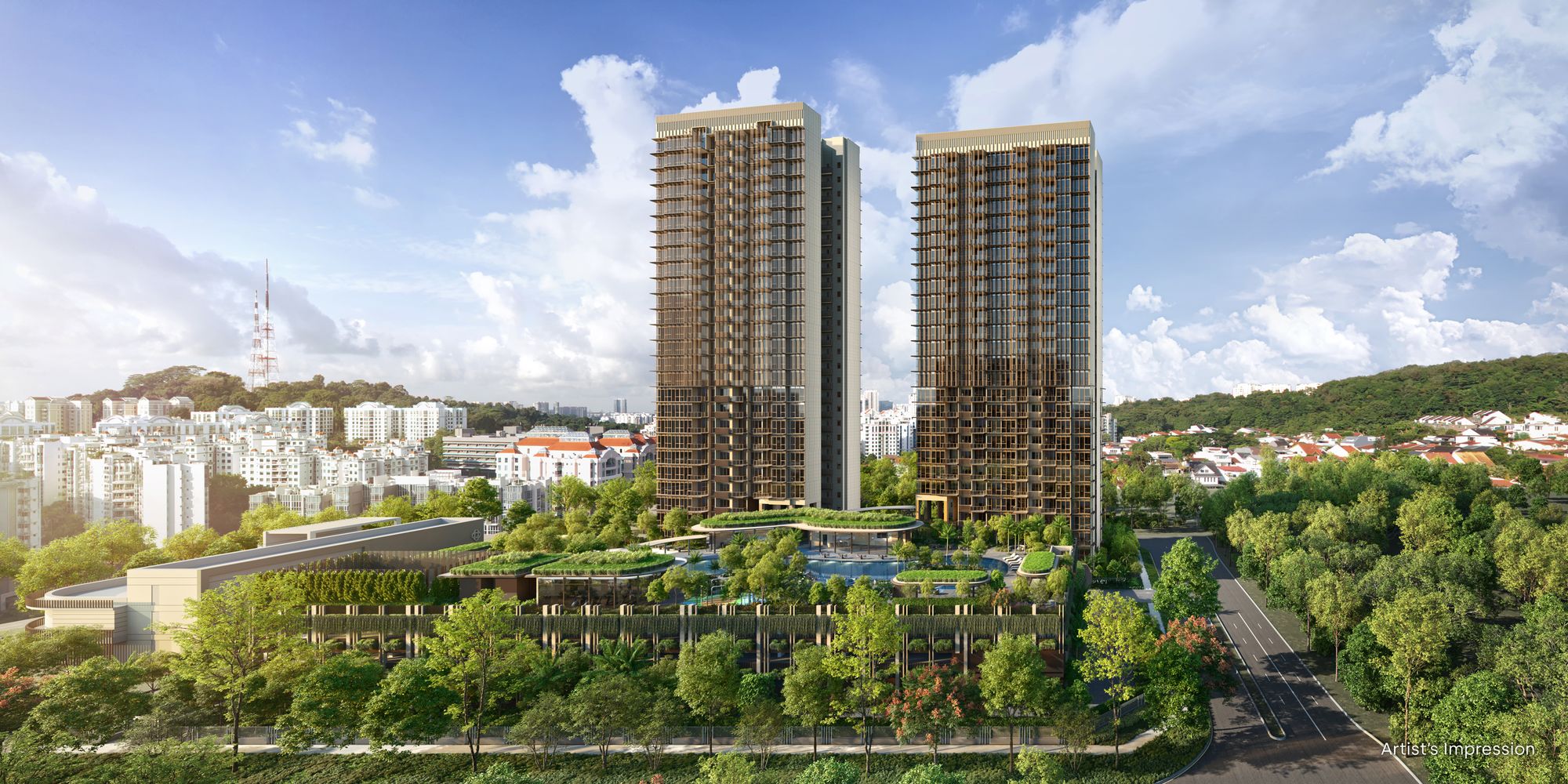
Singapore Property News Breaking News: District 23 Condo Sells Out In Under Two Years At $2,120 Psf Average
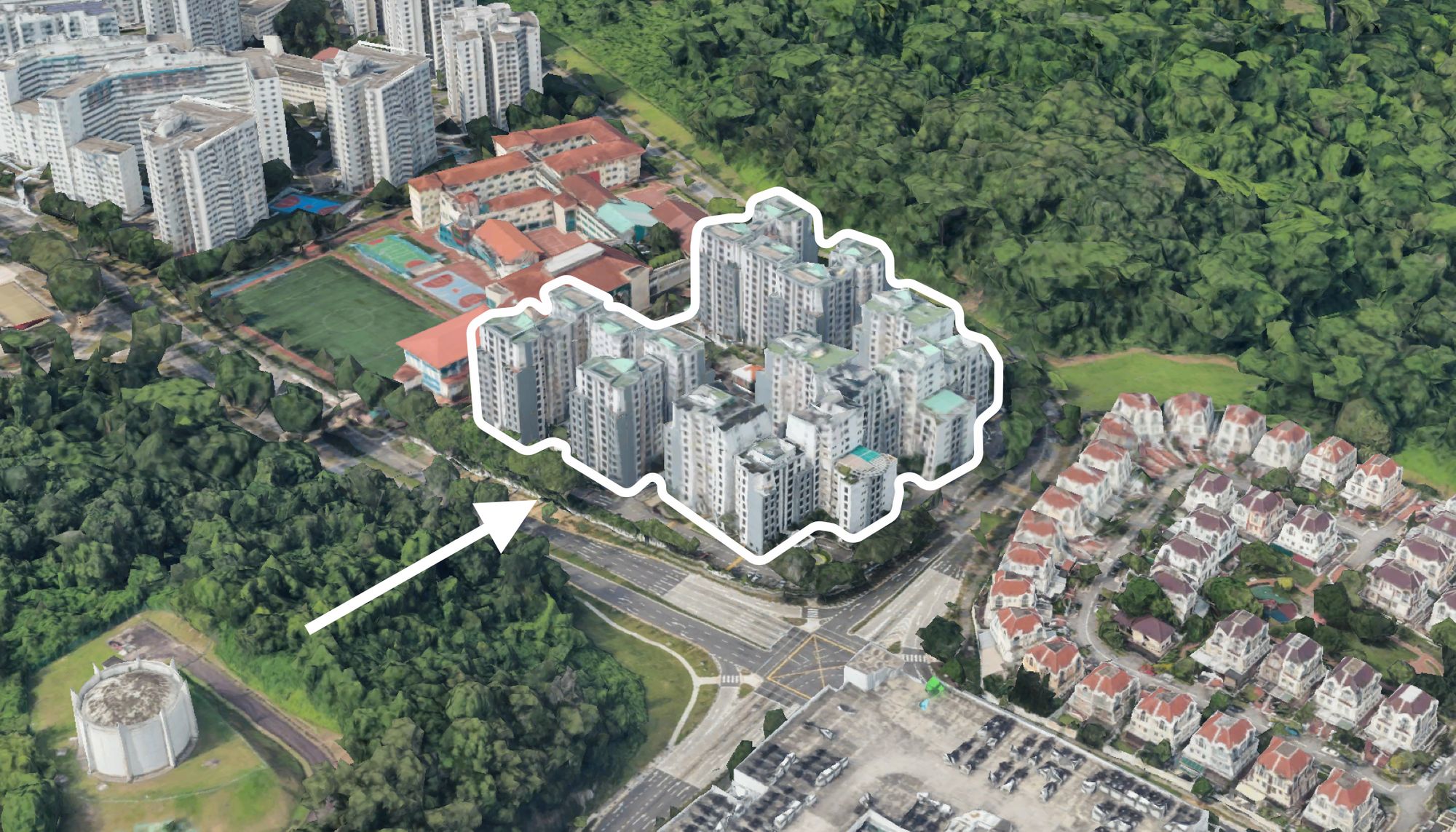
On The Market Here Are The Cheapest 3-Bedroom Condos in Central Singapore You Can Still Buy From $1.15M
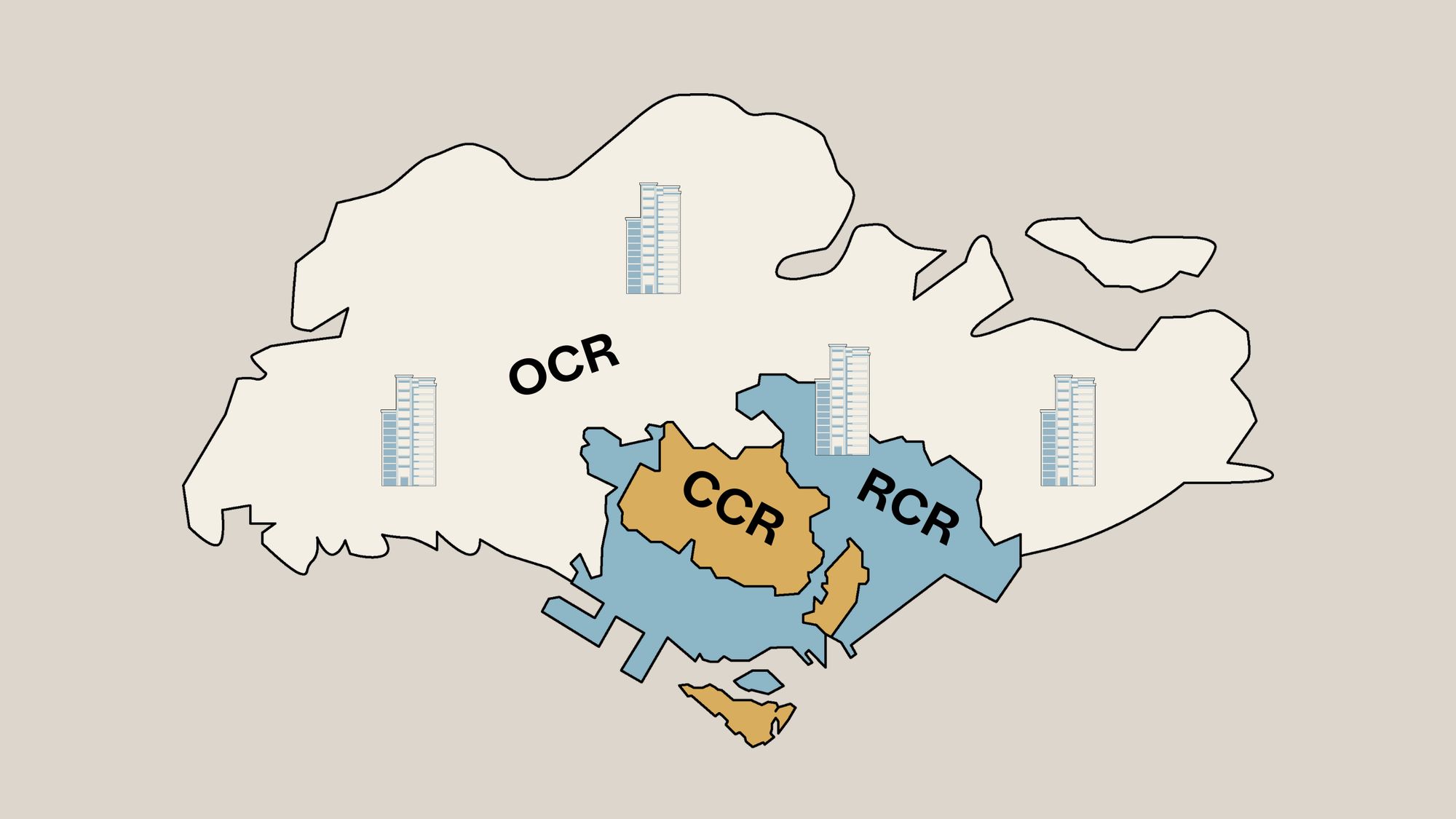
Property Market Commentary Why The Singapore Property Market Will Be Different In 2026 — And It’s Not Just About Prices
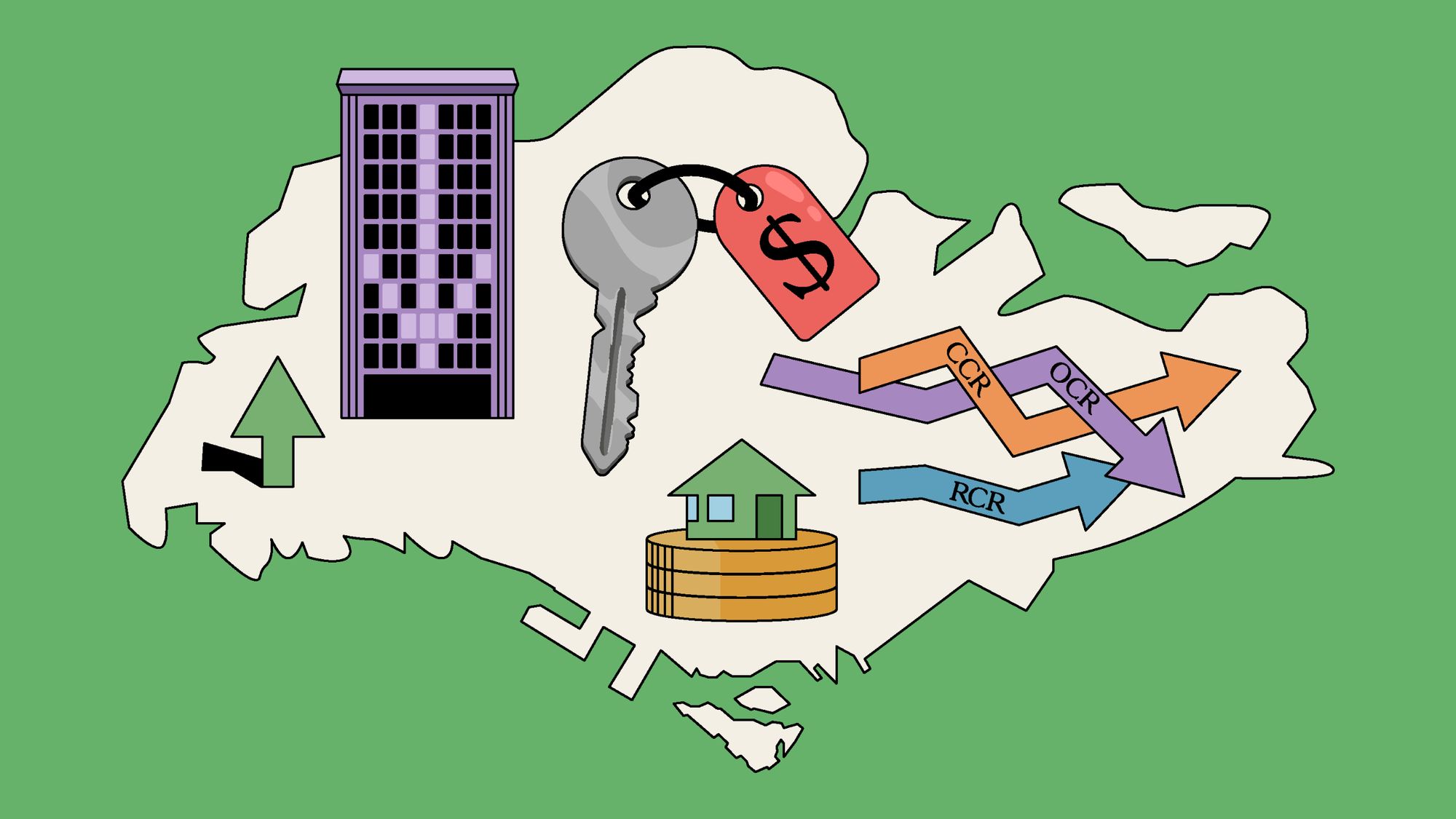
Editor's Pick 2025 Year-End Review Of The Singapore Property Market: What The Numbers Reveal
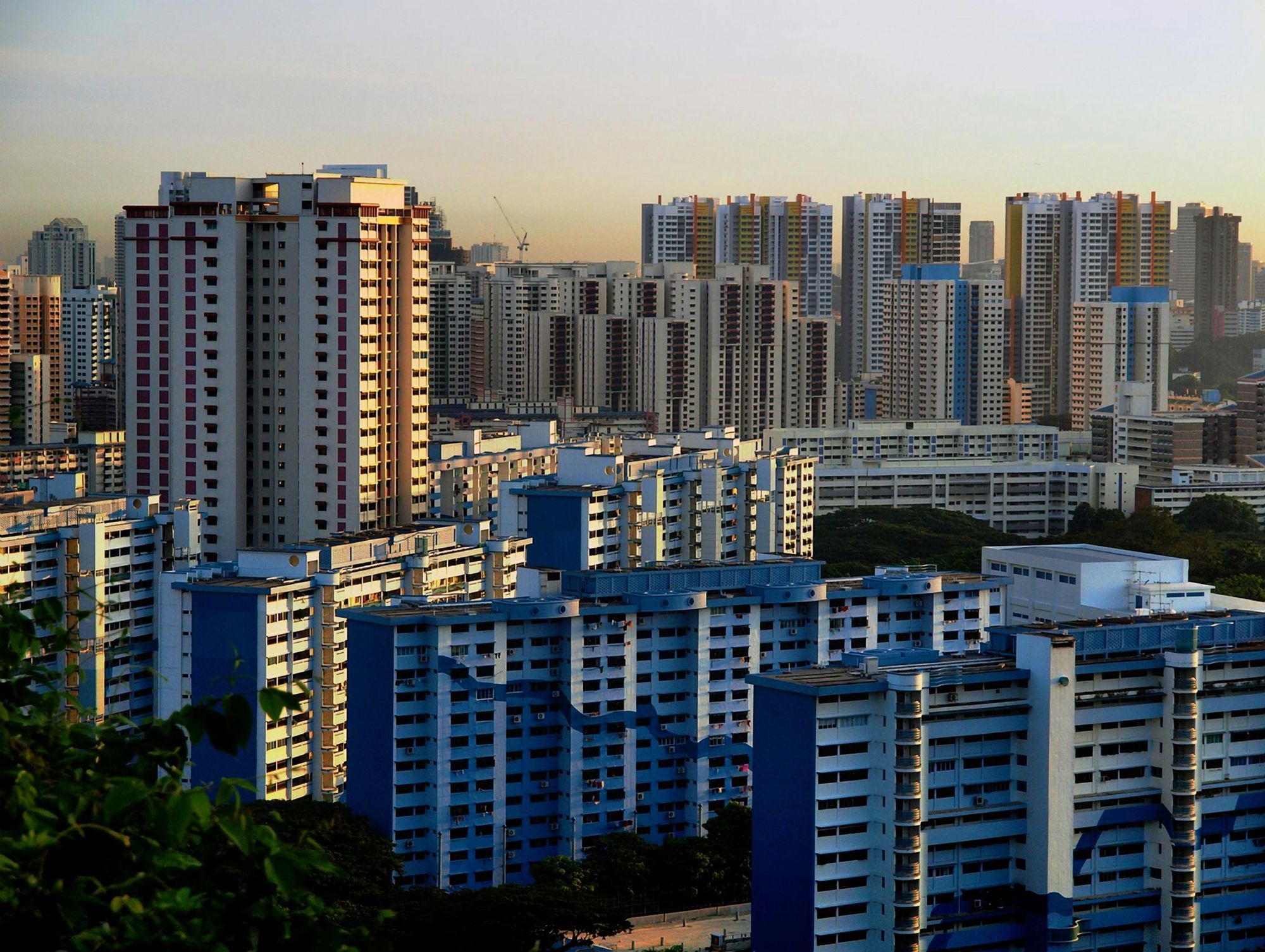
Editor's Pick How The HDB Resale Market Performed In 2025, And What It Means For 2026 Prices
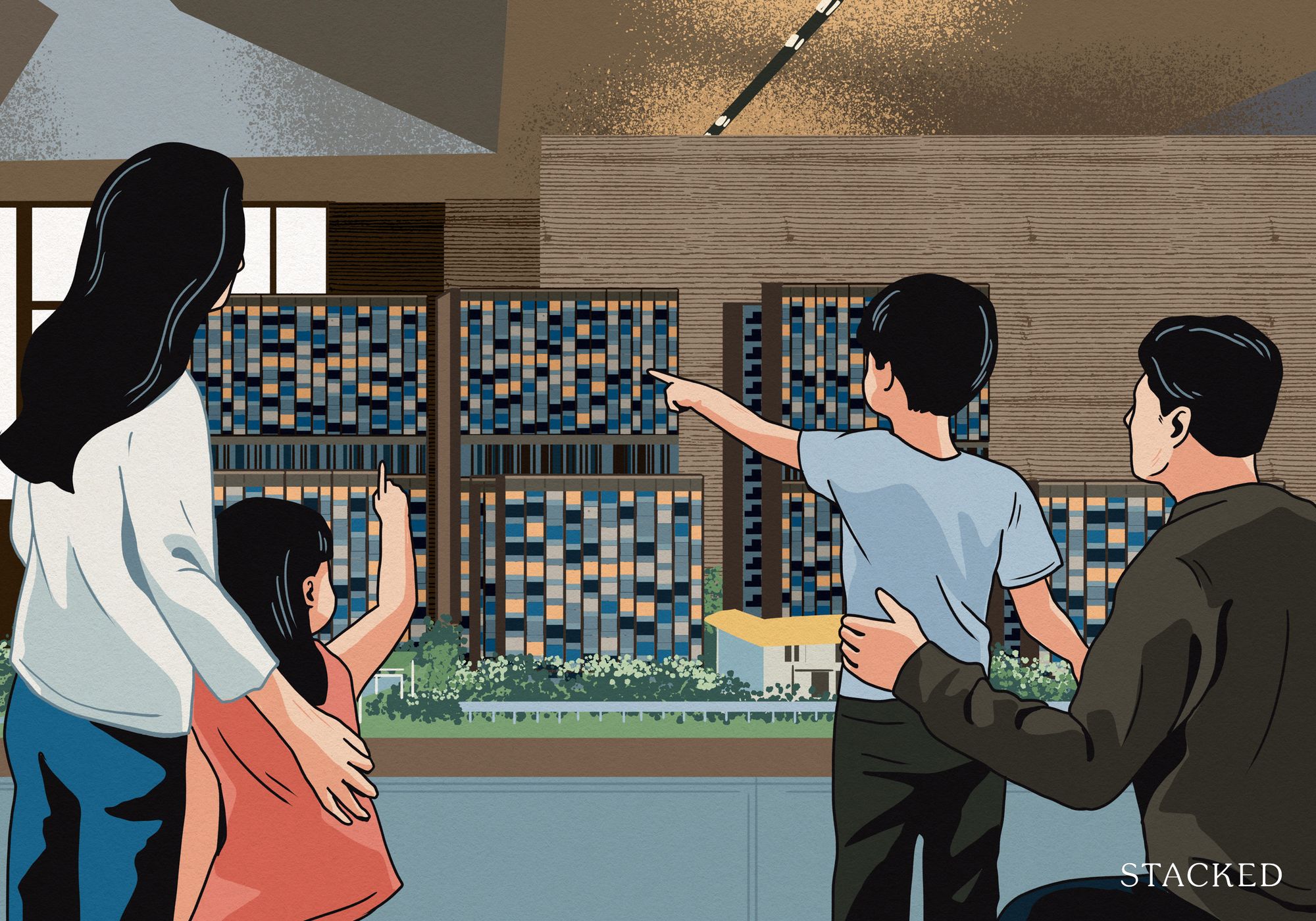
Editor's Pick 4 Key Trends Reshaping Singapore’s New Launch Condo Market In 2026
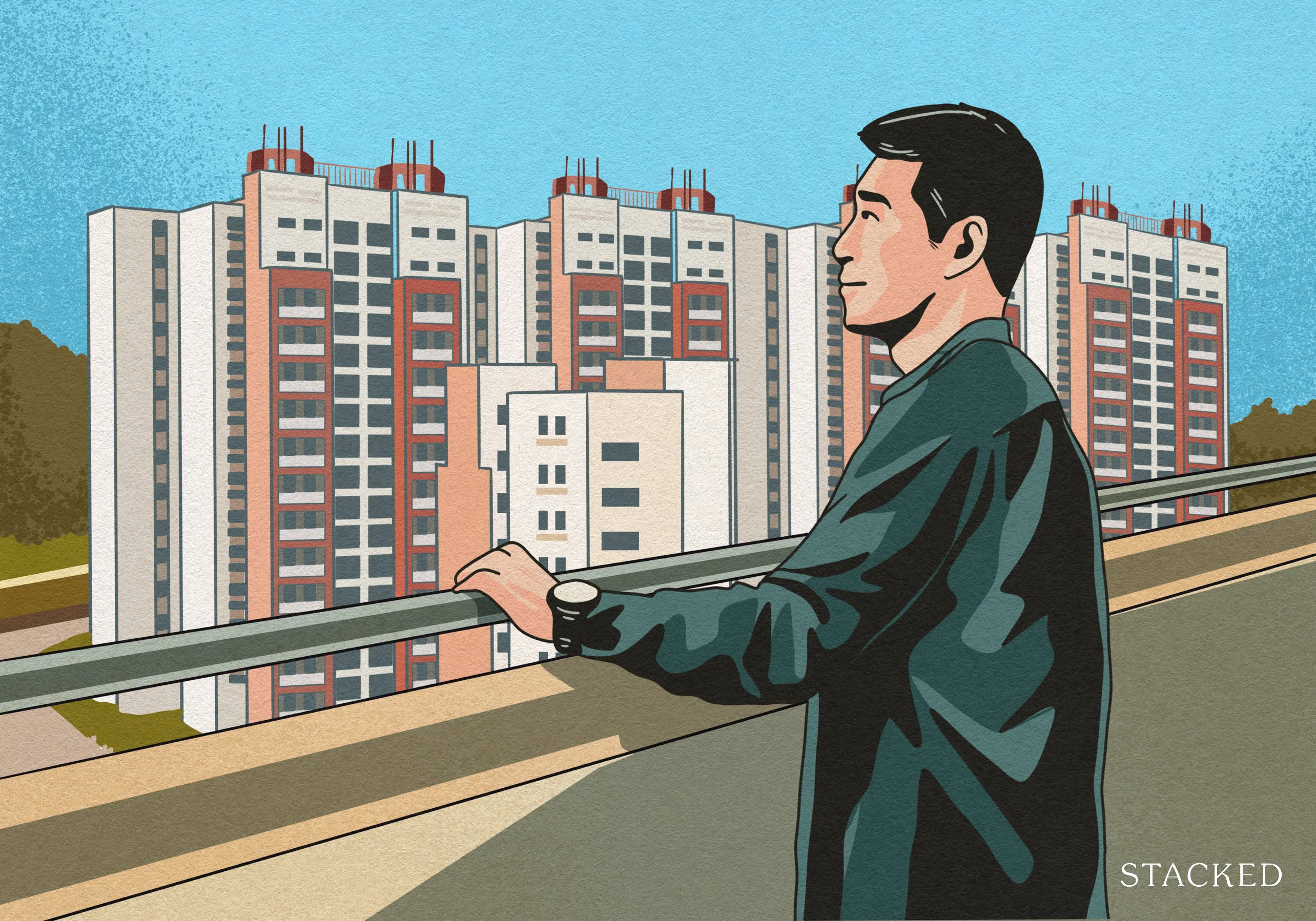
Editor's Pick What I Only Learned After My First Year Of Homeownership In Singapore
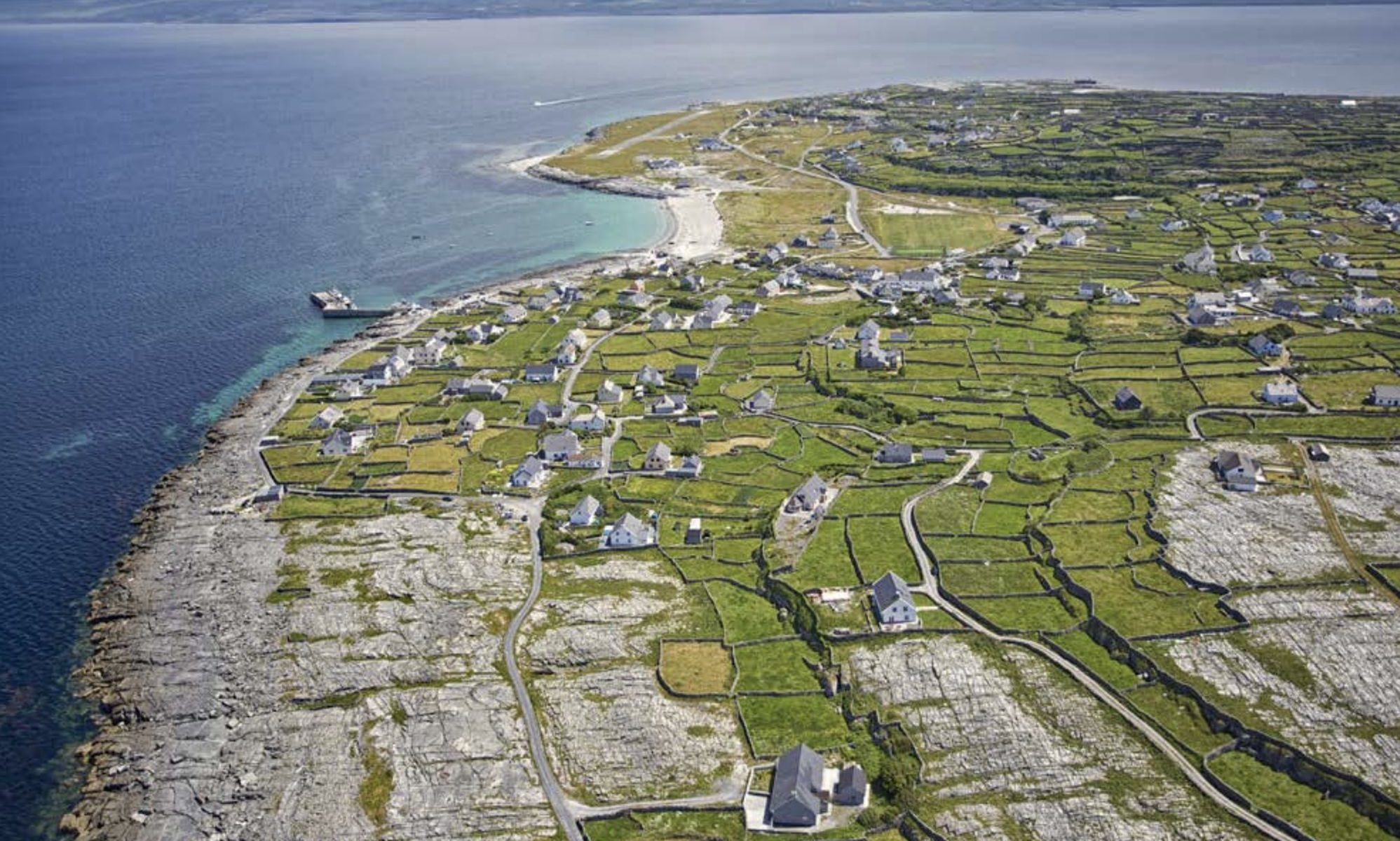
Singapore Property News Why More Land Doesn’t Automatically Fix Housing In Singapore
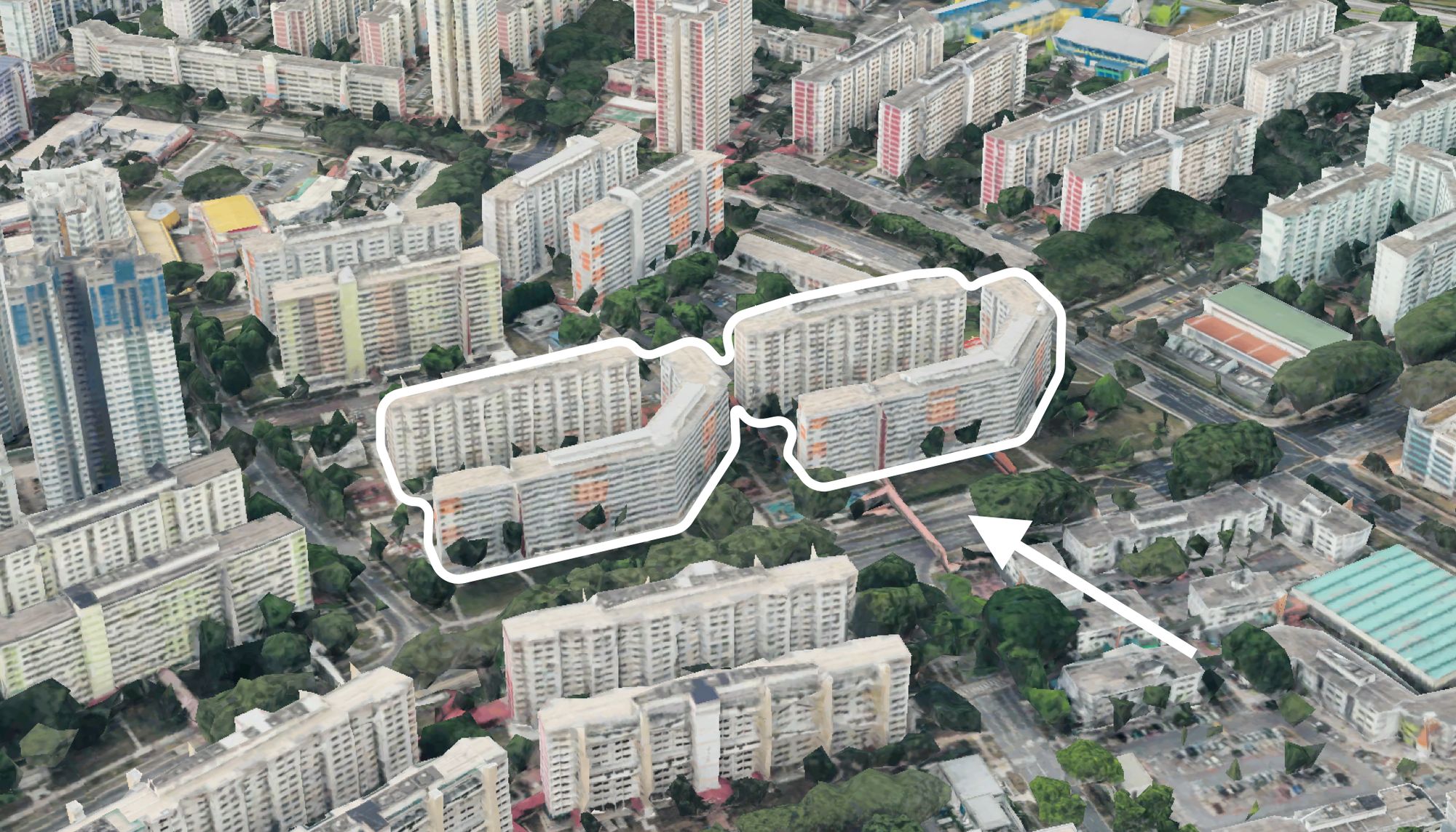
On The Market Here Are The Cheapest 4-Room HDB Flats in Central Singapore You Can Still Buy From $490K
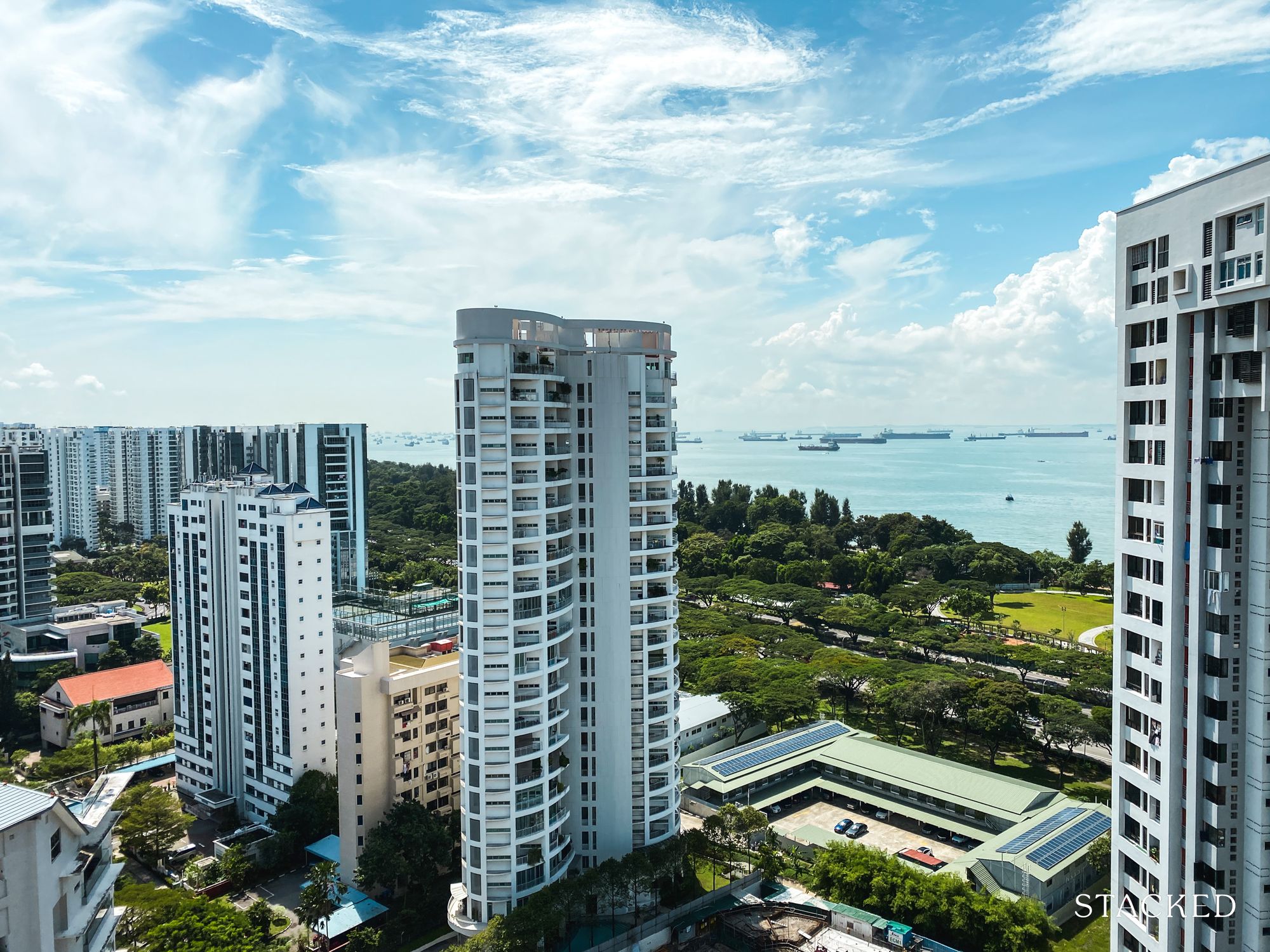
Editor's Pick Should We Buy An Old 99-Year Leasehold Condo To Live In: Will It’s Value Fall When The Lease Runs Out?
